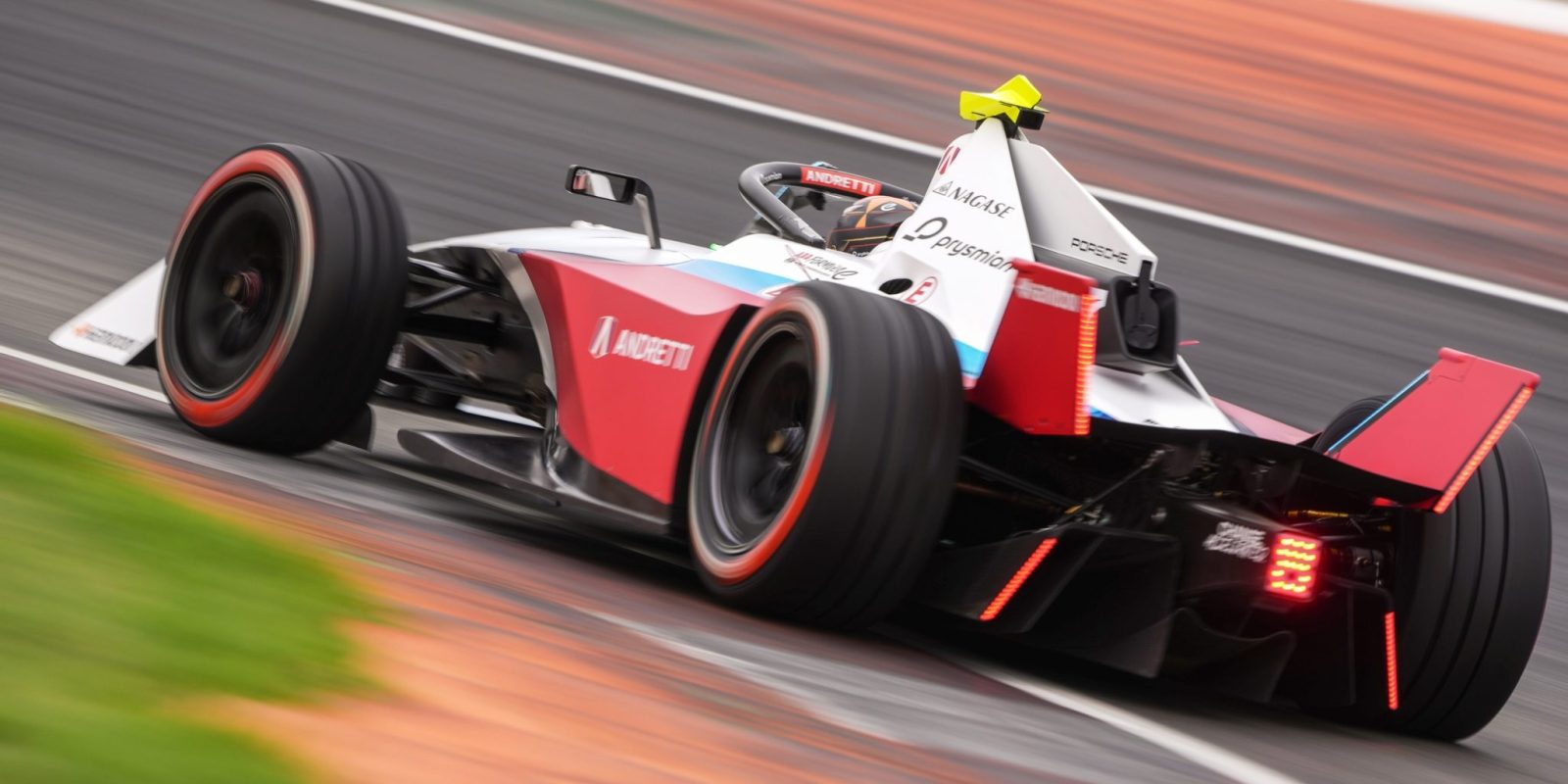
This Saturday marks the start of Formula E's tenth season, which includes three new tracks and the introduction of the series' ultra-fast mid-race charging system. The race will take place in Mexico City.
Formula E is the premier electric open-wheel racing series run by the FIA. It mostly uses urban street circuits in the world's most famous cities to host races for single-seater racecars. In its first nine seasons, the series has already taken place in 24 nations and 30 cities. For the tenth season, three extra tracks and one new country have been added to the schedule.
With an elevation of about 2,300 meters/7,500 feet, the Mexico City track offers a great example of the advantages of electric propulsion. Thicker air equals less efficient combustion and lower engine power for combustion vehicles competing there. This is not an issue with electric driving as electric motors function effectively at any altitude.
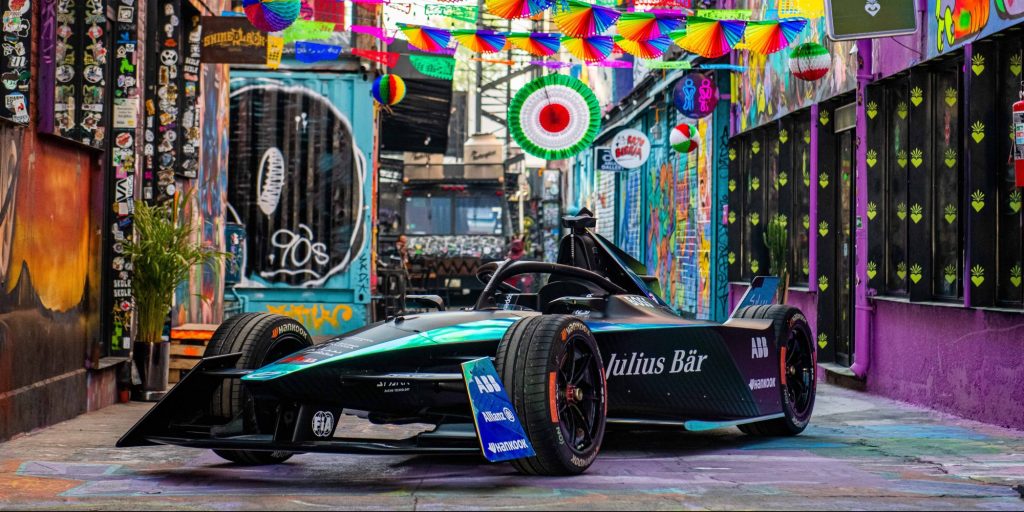
Formula E's Gen3 vehicle, which made its debut in season nine, is back for season ten. It is quicker, lighter, and much more angular. Although it promised faster lap times, when teams grew accustomed to the new cars over the course of the season, we only observed marginally better lap times than with the Gen2 machinery from the prior year.
However, during this season's winter testing in Valencia, the Gen3 cars demonstrated a time improvement of over one second over the previous year, indicating that the teams may be becoming more accustomed to their machinery (though some of this may have been attributable to testing taking place 1.5 months earlier, in October, when the track was slightly warmer).
New tracks – Tokyo, Shanghai and Misano
This year, Formula E will compete in three new countries and on three new racetracks.
The greatest news is that Formula E is now in Tokyo, the largest megacity in the world, and that this is the series' first race in Japan. The Tokyo race takes place just along Tokyo Bay, in the vicinity of the international exposition site known as "Tokyo Big Sight."
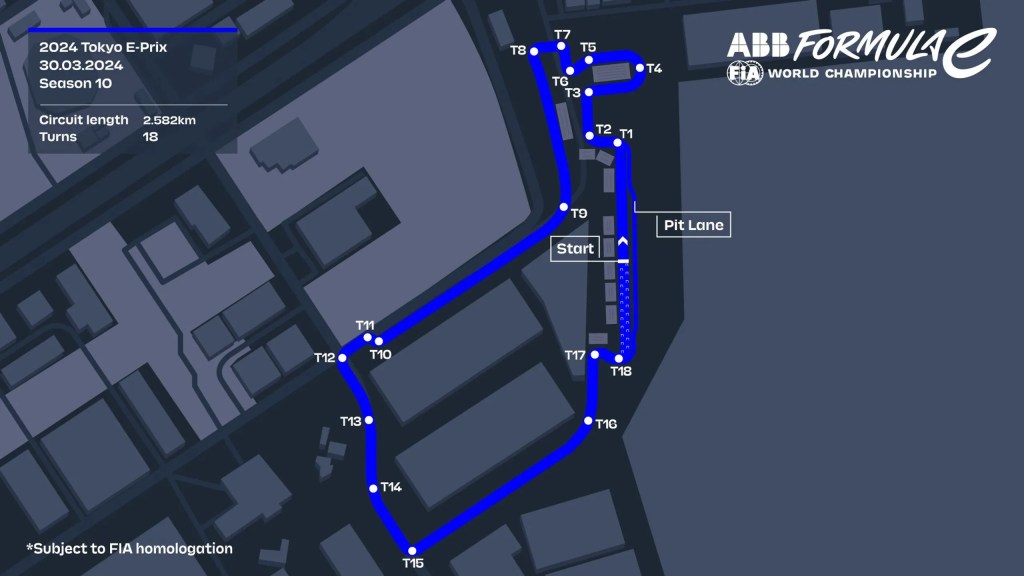
Though several Formula E races have taken place in neighboring Asian nations, Japan, the racing nation's biggest fan, has not hosted a race. Japan boasts an exceptionally robust automobile sector, its own racing leagues, and Formula 1 is highly loved there. However, the automobile sector has been slow to embrace electrification thus far, so it will be encouraging to watch how Formula E is received there.
Shanghai, China, will host a second new track. Formula E has already competed in many races in China, including its first event in Beijing, the capital city, and Sanya, a tourist town in the south. Hong Kong has also hosted races for it.
| Location | Date | Location | Date |
| Mexico City, Mexico | Jan 13 | Berlin, Germany | May 11 |
| Diriyah, Saudi Arabia | Jan 26 | Berlin, Germany | May 12 |
| Diriyah, Saudi Arabia | Jan 27 | Shanghai, China | May 25 |
| São Paulo, Brazil | Mar 16 | Shanghai, China | May 26 |
| Tokyo, Japan | Mar 30 | Portland, USA | Jun 29 |
| Misano, Italy | April 13 | Portland, USA | Jun 30 |
| Misano, Italy | April 14 | London, UK | Jul 20 |
| Monaco | April 27 | London, UK | Jul 21 |
Shanghai International Circuit, a real racetrack as opposed to a street course, will host the Shanghai event. This high-speed racetrack with many lengthy straightaways has hosted Formula One races in the past and is set to hold another one this year. In the past, high-speed circuits have presented Formula E with an intriguing challenge since they reduce efficiency and boost the advantages of drafting, particularly in a series with limited energy and little downforce like this one.
The event ended up adopting a tactic close to a cycling race last year at Portland (another purpose-built racetrack, where the series returns this year), with vehicles conserving energy in a pack akin to a peloton until later in the race when the genuine sprint began. Though it's also possible that Formula E would employ a shortened layout rather than the entire high-speed F1 configuration, as it has done on other courses, we may anticipate something comparable from Shanghai.
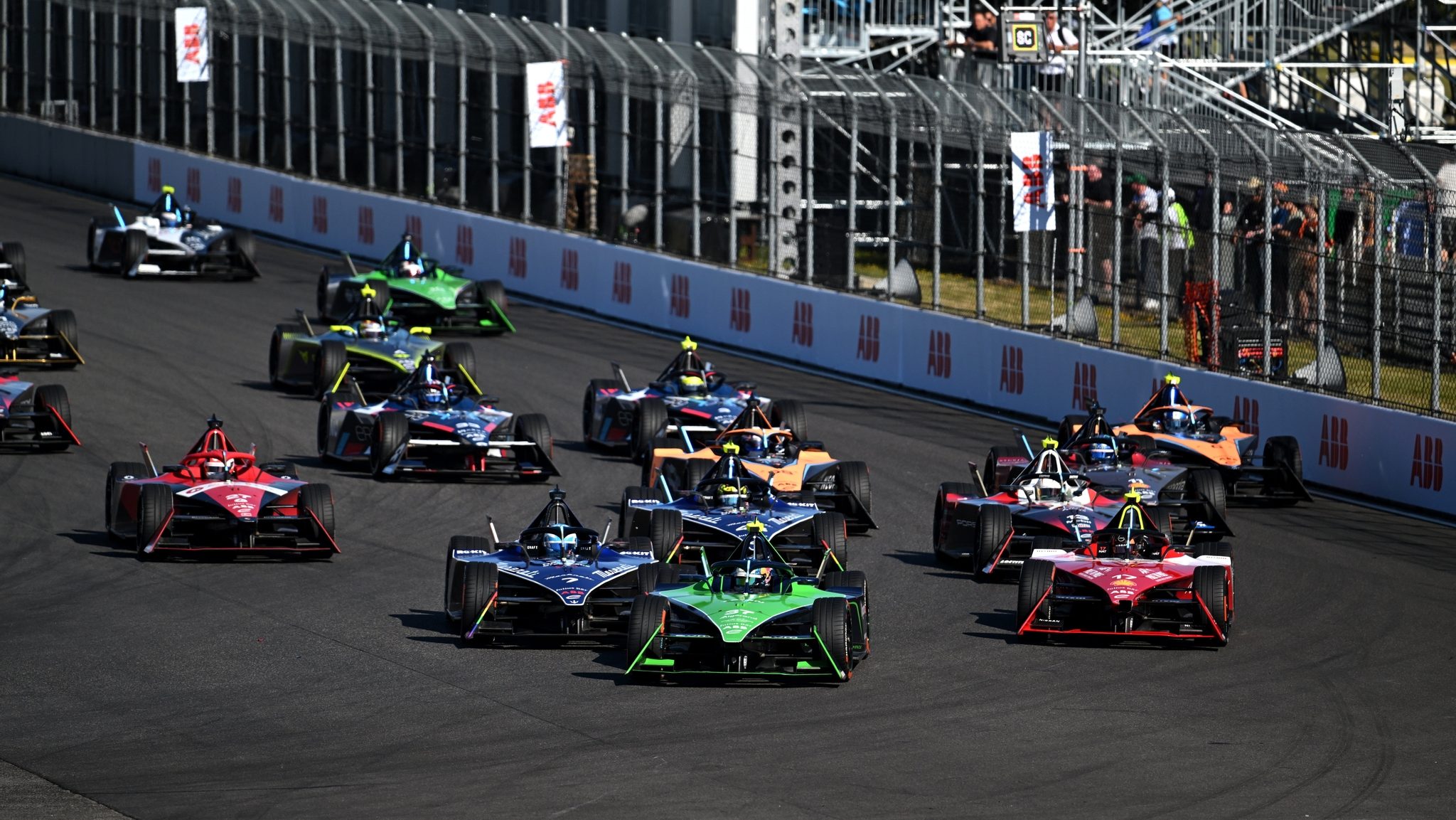
The last new track is in Italy. The event is being held this year in Misano Adriatico, which is located on the Adriatic coast of Italy. The series has competed on the downtown street circuit at the Rome ePrix on several occasions. Similar to Formula E's winter testing track in Valencia, this track is frequently used for motorcycle racing. It has shorter lap times than the whole Shanghai circuit (but longer than the Portland circuit) and lower speeds.
Mid-race charging is finally here
Since the inaugural Formula E season, when drivers would initially halt the race to switch from one car to another with a fully charged battery, a lot has changed. Formula E chose this technique because it would be too complicated to set up battery swapping or mid-race recharge; instead, drivers were switched between the cars.
This issue was resolved with the Gen2 vehicle since battery density had increased to the point where it was no longer required to replace out batteries or cars. Since then, Formula E vehicles have completed races using the same battery and tire they began with, eliminating the need for pit stops.
However, as EVs get more sophisticated and DC rapid charging gains attention, Formula E is currently attempting to apply that idea to racing.
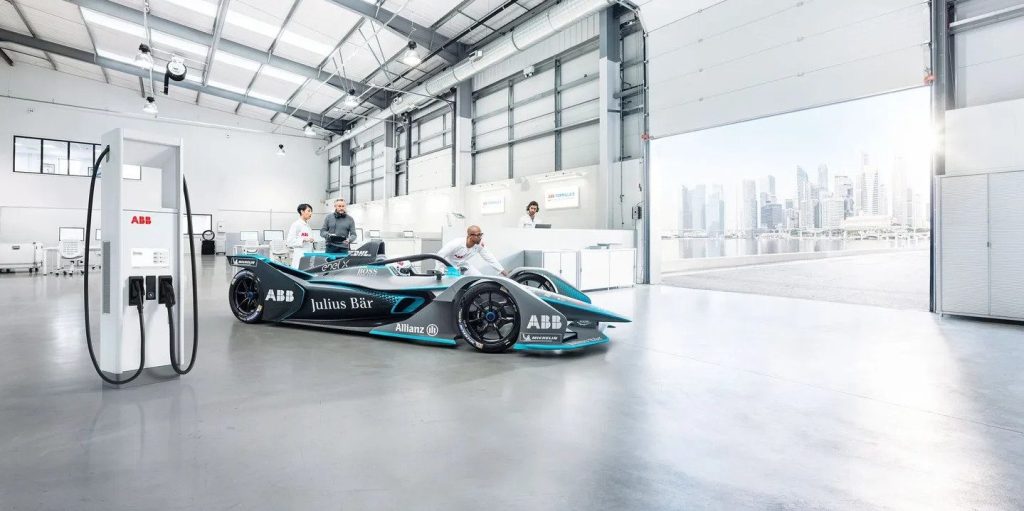
A mid-race charging stop beside the Gen3 vehicle was initially scheduled for Formula E last year, but difficulties in having the necessary infrastructure installed forced the plans to be postponed for a year.
The technology will make its debut at the previously stated Misano Adriatico ePrix in Italy in April. It is currently prepared for usage at a few races this year. It will take the place of Formula E's "Attack Mode" system in races where it is operational. This system allows drivers to tactically gain places throughout the race by giving them a brief window of increased power usage.
The new "Attack Charge" mid-race charging system will be able to charge cars at up to 600kW, which is far quicker than the current consumer-available fast chargers, which have a maximum power of 250–350kW.
According to Formula E, the vehicles will get around 4kWh of energy during a mandated 30-second charging break in the midst of the race. This represents just about 10% of the cars' total charge, but it's still a respectable amount of energy for just 30 seconds. Later in the race, when the vehicles are allowed to increase their power output to 350kW instead of the usual 300kW, they will be able to use this additional energy.
The inclusion of a mid-race charging stop is expected to significantly alter race outcomes, giving teams greater tactical leeway in scheduling their pit stops. More passing, which has always been a strength of Formula E, is what this means.
What to expect
With far more lead changes and unpredictable racing than Formula One, Formula E has always provided thrilling racing. There have been nearly as many position changes in a single race at some of Formula E's more wild events, such as Portland last year, as there will be in a whole Formula One season.
Seven drivers from six teams won a race in Formula E last season, whereas in Formula One, a single driver won 19 of 22 races. The F1 championship was determined months before the season concluded, but the title, which went to Jake Dennis, whose team Jaguar finished second in the Teams' championship behind Envision, wasn't declared until the last race weekend.
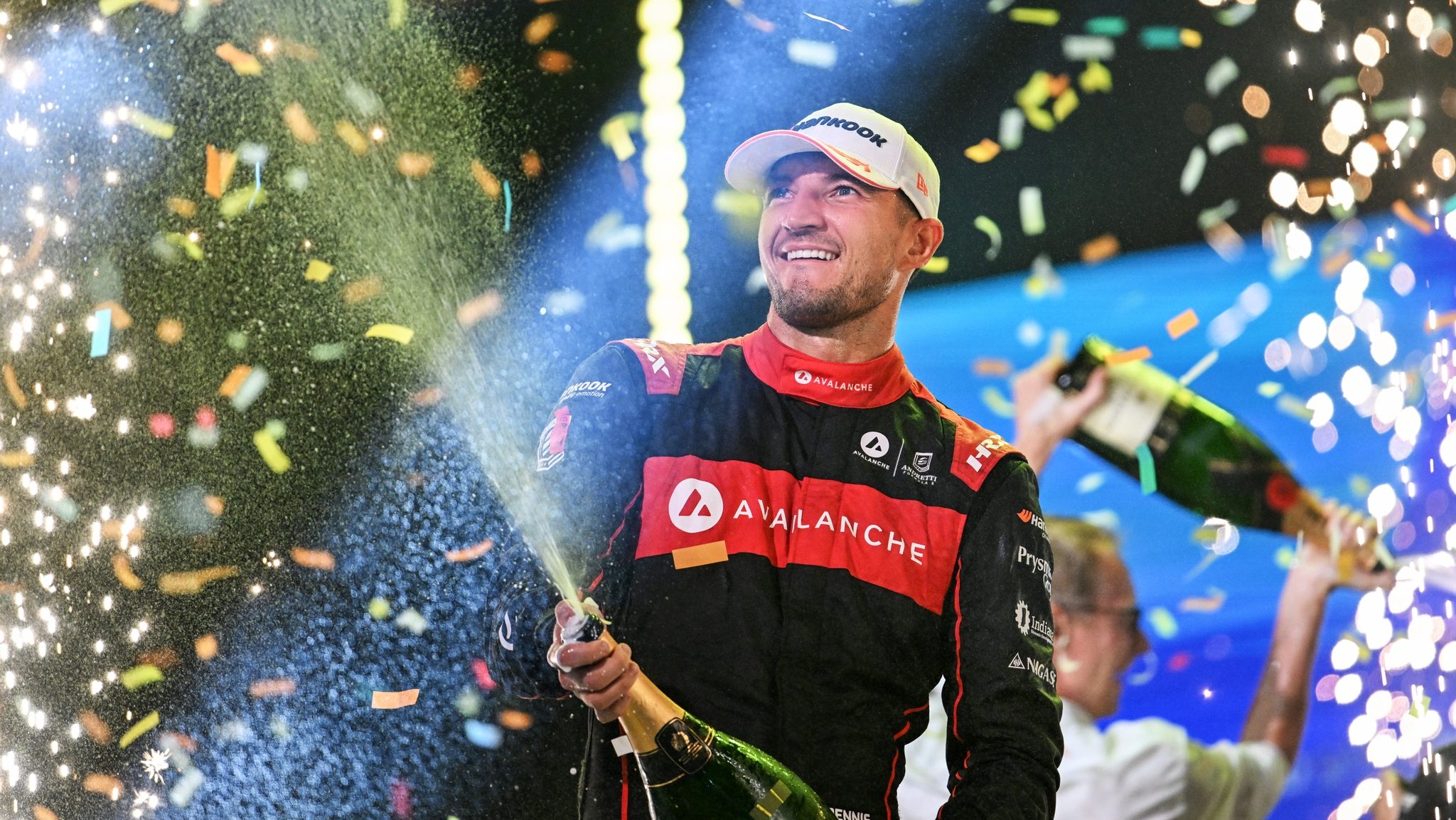
Formula E is therefore likely to give you with unexpected racing if that's what you're interested in.
A lot of driver and team changes have occurred, as is typical for most years; Nio left the sport, and the team changed its name to ERT in order to get new sponsorship. A number of teams have switched drivers or reinstated past Formula E competitors, but Jehan Daruvala is the lone new rookie, joining Maserati. He is from Formula 2, where he ranked as high as second in several series, although his highest season performance was seventh.
Even though racing is wildly unpredictable, the best athletes do tend to emerge at the conclusion of the season. We may anticipate seeing teams like Jaguar, Envision, Andretti, DS Penske, and Porsche close to the top of the standings because these teams have historically performed well over seasons. The Jaguar and Envision teams' powertrains appeared to be operating at peak efficiency throughout winter testing, which is encouraging for the teams and their drivers, Nick Cassidy, Sebastien Buemi, Mitch Evans, and Robin Frijns.
This Saturday at 8 PM UTC, Noon/12 PM PST, 3 PM EST, or 2 PM local Mexico City time is the opening race of Formula E's tenth season. All of the sessions will be available for live streaming on Roku in the US, or they will be shown on CBS on Sunday at 4:30 PM. See Formula E's "Ways to Watch" page to learn how to watch it in different areas.



0 Comments